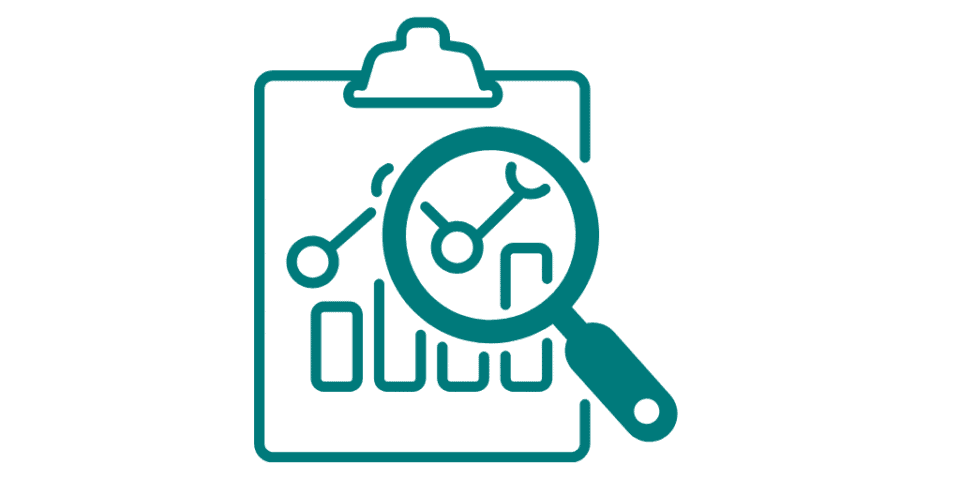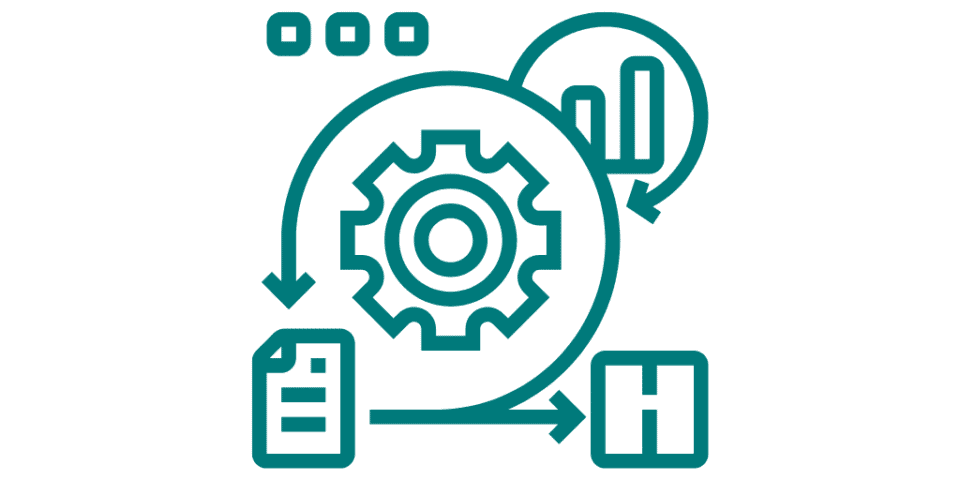
End-to-end transparency is imperative in the pharmaceutical industry. Within drug substance development, transparency means having clear, comprehensive visibility at every stage, from initial process research through scale-up, validation, and manufacturing. It involves consistently documenting data, decisions, and changes, ensuring that nothing critical is lost in translation between development phases or technical teams.
Transparency in drug substance development is essential for efficient tech transfer, regulatory compliance, and long-term product quality. Without it, companies risk duplicated work, delayed timelines, and regulatory setbacks. At DSI, we see firsthand how embedding transparency from the outset sets the foundation for success across the product lifecycle.
Building Transparency from Lab to Plant
Documenting Process Knowledge
Transparency starts at the lab bench. Every significant experiment (optimal reaction conditions, identified impurities, reaction kinetics, yields, etc.) should be documented in a structured, standardized format. As the process moves from research and development to pilot and clinical manufacturing stages, this accumulated knowledge forms a continuous development history file.
This living document enables any stakeholder—whether in process engineering, manufacturing, or regulatory affairs—to understand how and why critical process parameters were established. Years later, when preparing regulatory submissions or conducting root cause analyses, companies with detailed development histories find themselves steps ahead.
Open Communication Channels
A siloed approach to drug substance development creates delays and mistakes. True transparency demands regular, structured communication among R&D chemists, process engineers, analytical teams, and manufacturing groups. If a synthetic route changes, if a purification method is optimized, if a new impurity is identified—every stakeholder needs to know.
This integrated communication ensures that analytical scientists are aware of new impurities to monitor, manufacturing understands sensitive control points, and quality teams align testing strategies with process realities.
Stage Gate Reviews
Implementing formal stage gates throughout development—after route selection, pilot campaigns, and before GMP manufacturing—enforces discipline and visibility. At each gate, the full cross-functional team reviews progress, challenges, and decisions. This practice ensures that the development process cannot advance until all stakeholders have understood and endorsed the current state.
Stage gate reviews also serve as key checkpoints for ensuring that documentation is complete, discrepancies are addressed, and any remaining risks are clearly defined.
Tools and Practices for Enhanced Transparency
Digital Data Management
Modern digital tools are crucial for sustaining transparency at scale. Electronic lab notebooks (ELNs) and digital batch records create centralized repositories of experimental and production data. These systems enable real-time access across functions, supporting collaboration and immediate visibility.
For example, an ELN entry capturing a laboratory-scale synthesis can be directly referenced by analytical chemists developing stability-indicating methods or by manufacturing teams preparing for pilot-scale batches. Transparency becomes a built-in feature of daily work rather than an afterthought.
Knowledge Transfer Documents
Structured knowledge transfer documents become more critical as drug substance development progresses. These process development reports or narratives capture not only the final process but the evolution—what was tried, what failed, and why certain decisions were made.
When it’s time to prepare regulatory filings (e.g., CMC sections for INDs or IMPDs), this development story provides a transparent, defendable record that supports regulatory confidence and avoids last-minute data scrambling.
Quality Systems Alignment
Integrating basic quality assurance (QA) principles into early development, even before full GMP compliance is required, fosters transparency as a cultural norm. Practices like deviation tracking, change logs, and quality reviews during development phases help teams document changes, address issues openly, and maintain a habit of accountability.
This early adoption of quality practices pays dividends as the process scales—ensuring that by the time full GMP operations begin, a robust system of transparency is already in place.
Benefits of End-to-End Transparency
Smooth Tech Transfer
When a drug substance process moves from a development environment to a manufacturing site, whether internal or external, transparency can be the difference between seamless transfer and costly setbacks. Detailed development records capture critical insights (e.g., exothermic reactions, sensitivity to moisture, key impurity formation pathways) that allow the receiving team to anticipate challenges rather than discover them through trial and error.
This accelerates manufacturing readiness, reduces deviations during scale-up, and ultimately shortens time to market.
Regulatory Confidence
Regulators today expect more than just robust processes—they expect clear evidence of process understanding. Transparency in development records enables sponsors to quickly and confidently answer questions such as: Why was this solvent chosen? How was the impurity controlled? What robustness studies were conducted?
Regulatory guidelines like ICH Q11 emphasize the importance of development science in drug substance submissions. A transparent, well-documented development history directly supports faster, smoother regulatory reviews and approvals.
Issue Traceability
No development path is perfectly linear and issues often arise (i.e. the emergence of a new impurity or a scale-up yield drop). End-to-end transparency ensures that teams can trace back through experimental records, identify when a problem first appeared, and correlate it with any process changes.
This rapid root cause analysis minimizes downtime, reduces risk of batch failures, and ensures that corrective actions are scientifically sound and efficiently implemented.
Holistic Visibility Drives Success
Achieving end-to-end transparency in drug substance development is a continuous practice. It requires thoughtful systems, structured communication, disciplined documentation, and cultural commitment to openness across every phase of development.
At DSI, we guide companies in embedding transparency into their CMC programs from day one. Our consulting services ensure that every key decision, data point, and process evolution is clearly recorded, communicated, and defensible. The result? A development program that moves efficiently from lab to plant, withstands regulatory scrutiny, and delivers high-quality products to patients with confidence.




